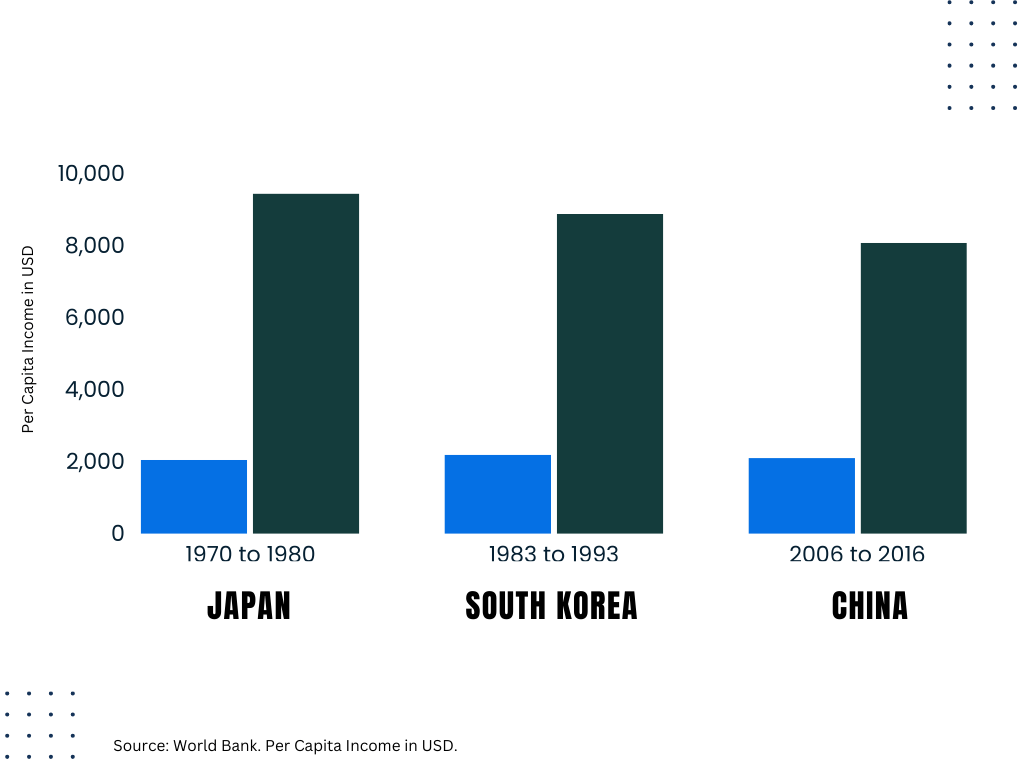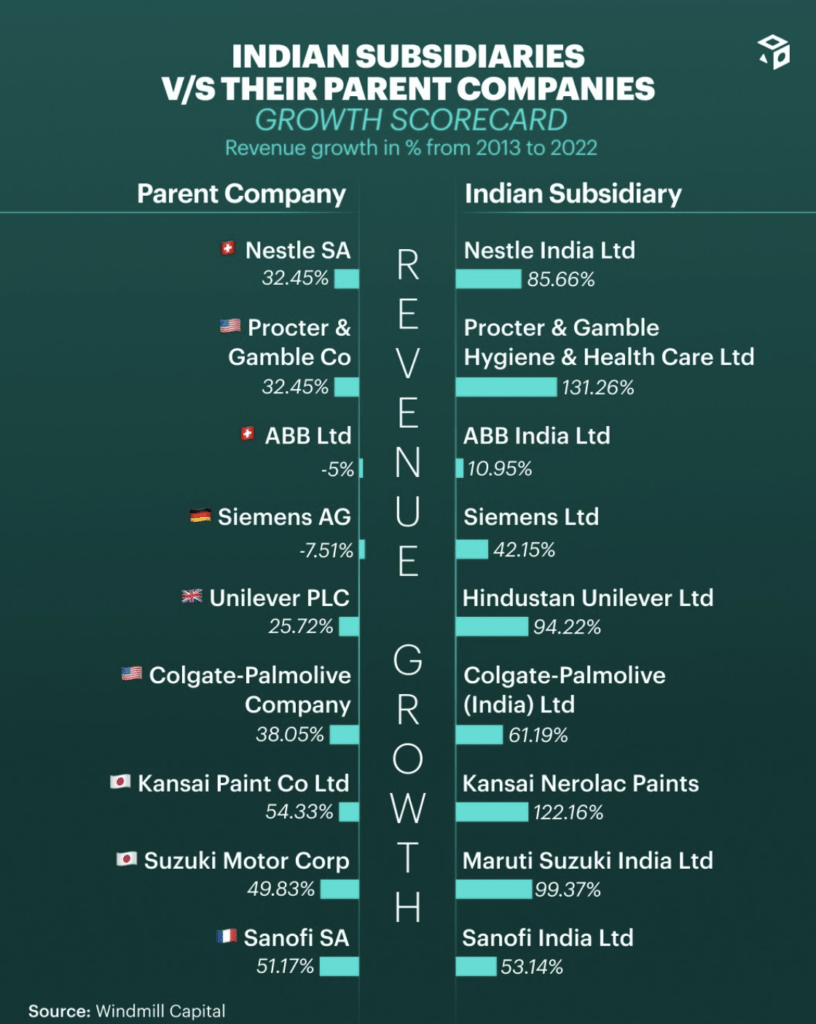The Power of The Great Indian Consumer

We get it, recovering from Diwali week with all its sweets and excitement can be a bit challenging. Whether you’re fully recharged or still taking it easy, we totally understand. Well, Diwali does remind us of something powerful — the Great Indian Consumer.
Even in the tough times of 2020, the festive season was a saving grace, injecting a much-needed boost into the economy. It’s incredible how the Indian consumer wields such influence.
So, diving into this week, let’s explore India’s consumption story. Amidst all the talk about India becoming a major economy, increased consumption stands out as a crucial pillar for this growth.
❓Why is Consumption an Important Theme in the Indian Economy?
Back when India was struggling for its independence, other countries were busy building their economic empires, paving the way to become today’s global superpowers. Despite our delayed start, it looks like India is hitting a milestone in its journey, catching up with these superpowers.
Economists predict that as countries surpass the $2,000 per capita GDP mark (not adjusted for PPP) a significant shift happens in the economy — which lifts a large chunk of the population out of poverty. This is the stage where consumption skyrockets and the middle class moves from spending on needs to indulging in wants.
Guess what? India has crossed this crucial inflexion point, with a GDP per capita now exceeding $2,500 as per IMF. Like the United States in the 1950s/60s, Germany in the 1960s, Japan in the 1970s, South Korea in the 1980s, and more recently, China in the 2000s, there seems to be a pattern of accelerated consumption, especially in discretionary spending once a country hits $2,000 GDP per capita milestone.

China hit $2,000 per capita income in 2006 (we got there in 2019). In the following 10 years, China’s per capita income quadrupled to $8,094, as per the World Bank. So, if we follow China’s trajectory, India needs to grow its per capita income by 4 times in the next 10–15 years to stand as a formidable economic powerhouse.
While China rode the wave of exports, India’s strength lies in domestic consumption. That’s why boosting domestic spending is a key ingredient in propelling India on its journey to becoming an economic powerhouse.
“The first two decades of this century were China’s, then this decade and beyond will be India’s. The consumption story in India is just unfolding.”
Sanjiv Mehta, Former CEO and MD, HUL
📝 What’s Driving Consumption in India?
Credit Growth: Enhanced and easy access to credit/loans and modern payment options like BNPL (Buy Now Pay Later) and P2P (Peer-to-peer Lending) boosts the amount of money that people have available to spend
Infrastructure Growth: The government’s focus on substantial capital expenditure is creating a ripple effect—more employment, increased per capita income, and a subsequent rise in consumption demand.
Middle-Class Rise: As per the PRICE report, 58 million new households will join the Aspirers category and 43 million will enter the Affluent category by the decade’s end. This is expected to cause a surge in lifestyle spending and a preference for premium products. Urbanisation and growing rural incomes are additional factors driving this structural shift.
Demographic Dividend: India is expected to contribute 22% of the world’s working-age population by 2031. This tremendous strength of the working population is likely to result in higher disposable income and an uptick in discretionary spending.
Did you know that many Indian subsidiaries of multinational companies have had better revenue growth than their counterparts? For instance, HUL is actually the second-largest Unilever business in value terms and the largest in volume terms.

📈 Consumption Trends and Sectors
Let’s dissect consumption trends beyond the usual FMCG narrative. Sectors such as auto, durables, aviation, and telecom are witnessing a significant impact. For Consumer Durables, the surge in consumption has notably boosted the adoption of products like Washing Machines and Air Conditioners. Notably, the relatively low penetration levels of around 10% and 7%, respectively, signal further growth potential in this segment.
Shifting gears to consumer services — Travel and Hospitality are reaping the benefits of increased disposable income, translating into more leisure and lifestyle preferences. There’s a noticeable transition from train to air travel, reflecting a preference for faster and more convenient transportation modes.
Even in the automobile sector, as people have more income, they are likely to buy cars and two-wheelers to enhance convenience. This trend was visible in China’s trajectory, where car sales surged by 5x from 5 to 24 million between 2006 and 2016.
✅The Takeaway
While many countries are grappling with economic slowdowns, India stands out as an exception. According to the IMF, India is set to lead among emerging markets with a projected GDP growth of 6.3% for both 2023 and 2024, outpacing even China.
India’s robust domestic consumer market has been a driving force behind this outstanding performance. With inflation currently at 4.5% and the potential for a further decline, consumption will get an extra boost in the near term.
India is clearly catching the eye of the global investment community. From January to October 2023, foreign fund managers poured nearly $12.2 billion into India. Meanwhile, due to the slowdown in the Chinese economy, FPI (Foreign Portfolio Investments) took $7.8 billion out of the Chinese stock market.
Credits: TrendLyne
Think India’s consumption story will be a grand success? Check out our collection of smallcases based on this theme. (Surprise Offer Inside) ⬇️




